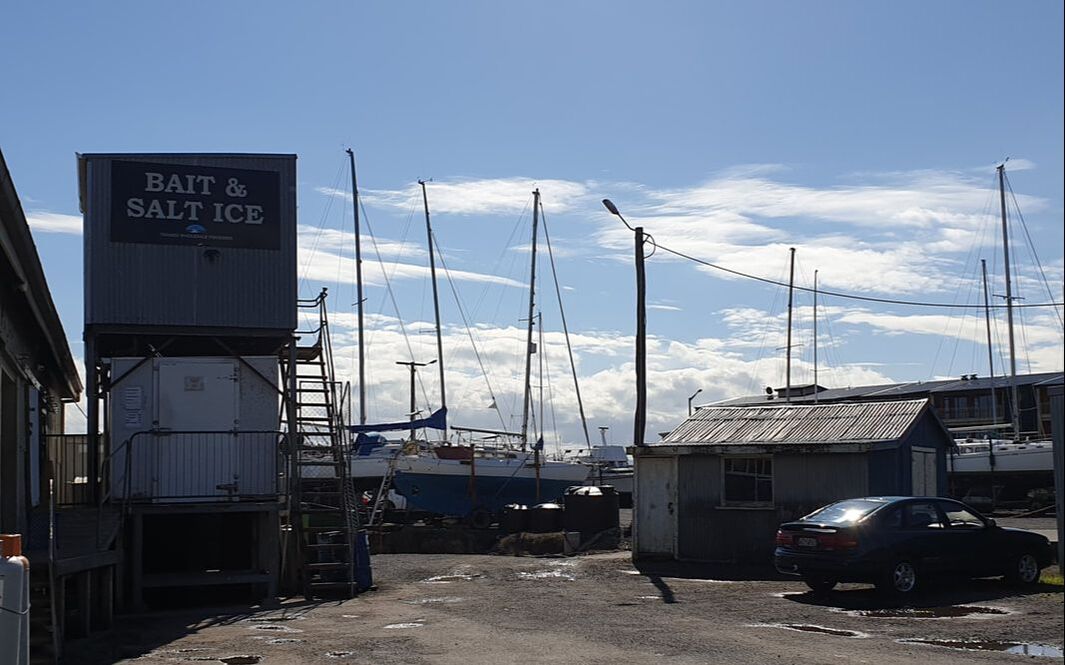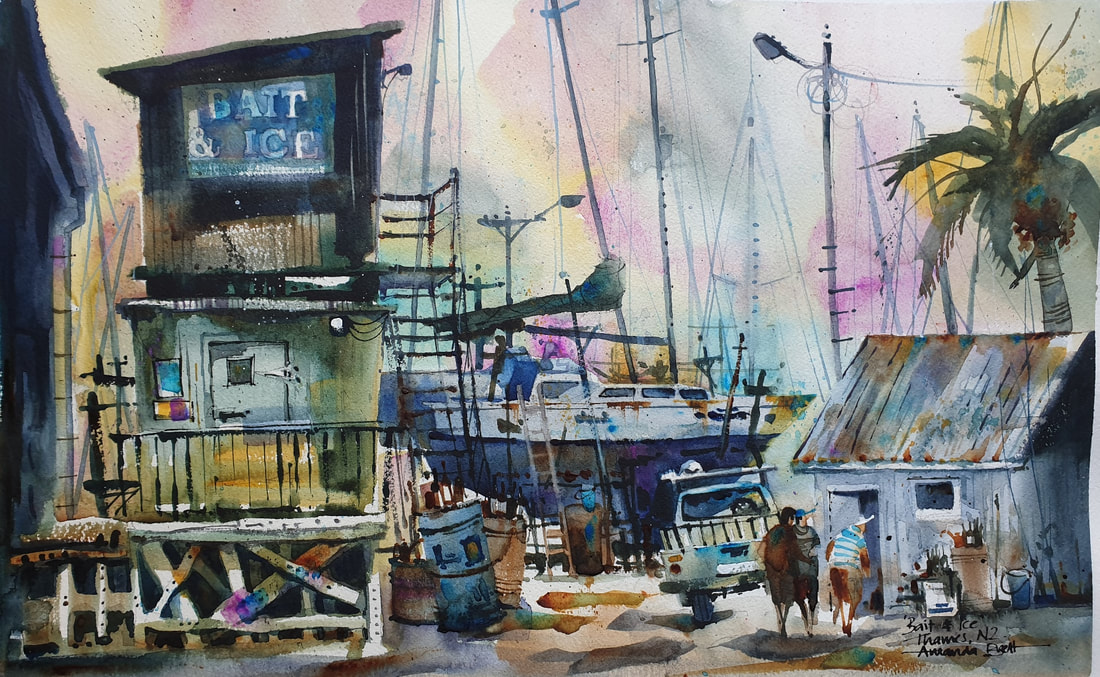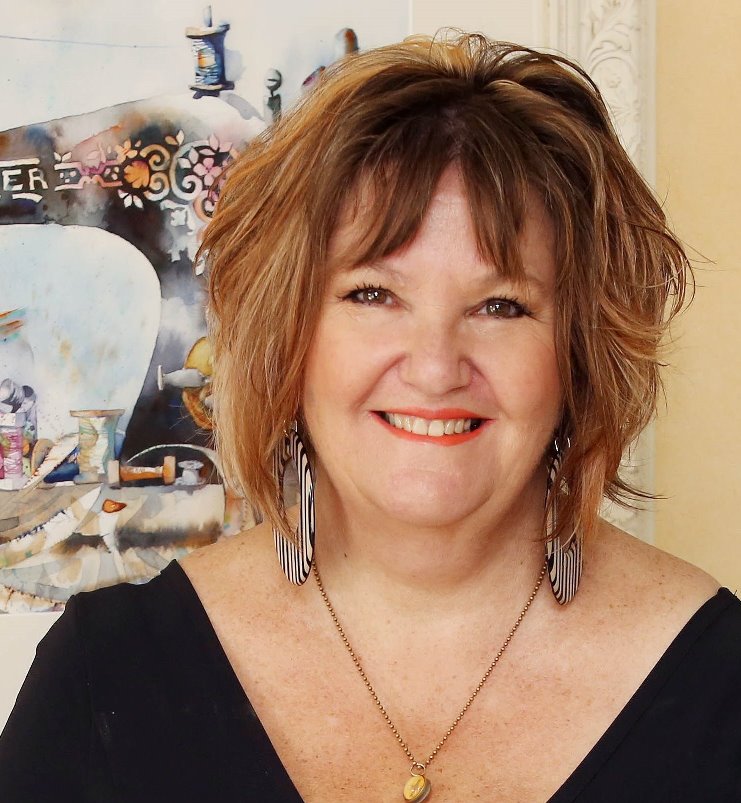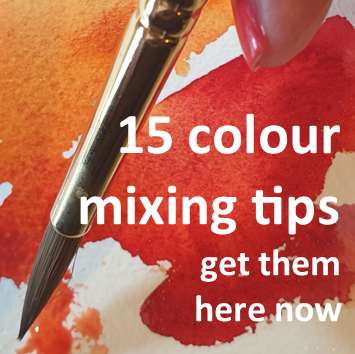|
Have you ever struggled to get into just the right spot when you're painting in a group?
Everyone's elbowing each other trying to get the best possie!! You can either get into the jostle (yuck!) or get there early. Both, to me, are pointless because you never know what the model is going to do and I hate being stuck in a crowd. My solution is, no matter what's in front of you, the artist has to learn how to make a silk purse out of the sow's ear: use your creative brain to come up with a fine composition/design/idea and make it work (This is why I'm really good at painting feet)!! Test yourself, push your skills and make yourself come up with the goods. If permitted, dive in close at some point and get some photos so you have reference material for when you get back to your studio. My best strategy for painting en plein air is to grab a cushion, find some shade, get comfy and then look around to find my subject. A viewfinder is a handy gadget to avoid overwhelm and pin down a great composition. When I'm done with that view, i turn 5°, make sure I'm still in the shade, get comfy and paint - step and repeat!! Very sensible when you think of how much painting time can be wasted wandering around looking for the perfect subject - it's right there in front of you! have fun!! Amanda www.amandabrett.net edited from my original post 081214 Copyright © 2022 All images and text on Amanda's blog and website are the legal property of Amanda Brett and may not be reproduced without express permission from Amanda Brett or her authorised agent. Thank you for respecting her art and the livelihood of all artists.
6 Comments
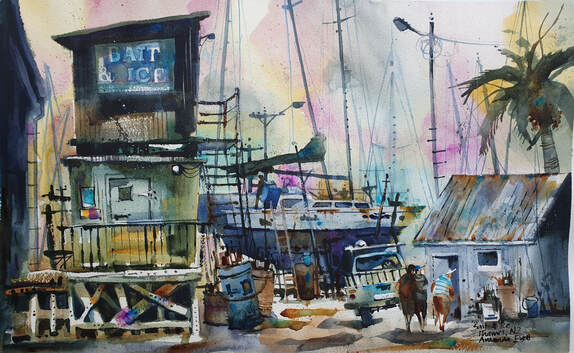 Bait & Ice Thames NZ Bait & Ice Thames NZ
Many of my students and fellow painters ask me "how did I get from this to that?"
When I’m out painting en plein air (or in my studio), once I have my idea and have taken a “mental snapshot”, I rarely refer back to the scene. I focus more on what my painting needs rather than creating a replica of a scene. The same for studio painting, especially from photographs (and when on location); the scene and your photo are merely your inspiration - your idea must come first. The same for studio painting, especially from photographs (and when on location); the scene and your photo are merely your inspiration - your idea must come first. Faithfully producing a scene, en plein air or from photos suggests the painter has to find the perfect scene. Yes there are plenty of perfect scenes but can you find them when you want them? probably not - jolly annoying. The serious painter has to make do with what is in front of them - we have to make a silk purse from a sow's ear. The point of this blog post is to remind ourselves to be not so precious about painting every little detail, every little nuance - paint your idea, turn away from your subject - stop looking and just paint - enjoy the process of painting the flower or the picket fence - focus on your painting!! if you have a photograph, turn it over, paint your painting and use your artist's license!! My painting Bait & Ice (Thames NZ) has won many awards and is not very much like the scene itself. Comments from collector's all say "this is just how I remember it!" ciao cari pittori!! 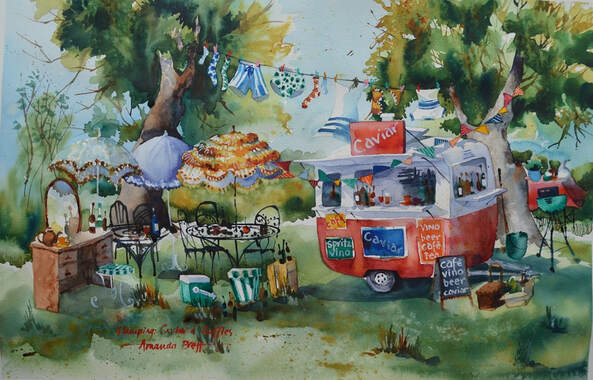 Glamping Caviar & Ruffles Glamping Caviar & Ruffles
ny artists, beginners through to professionals are concerned with developing their style, their voice.
One of my personal key concerns is to develop a unique voice - there's a tremendous amount of copying happening, not only that, when groups of people paint together regularly they all seem to paint in the same way. I don't want to paint like the hoards - I want to paint like me, i treasure the unique and the work that it requires. Many years ago, through my local art group I was fortunate to meet a highly skilled and creative artist whose style I quickly fell in love with. I attended his private tuition classes for many years and, although I don't paint exactly in this style, it is an obvious influence. My goal was to paint like me but also include an element of simplicity that is the hallmark of California watercolour. I have had to become very selective about what I see and what I study. I have a level of eidetic memory which can sometimes get in my way - I have to be careful what I look at, I have to keep my end game in my sights at all times. To that end, I don't visit galleries nor do I look at very much art online, I have a few selected books in my artist library. I have no clue who other artists are, I don't care, I'm only interested in creating unique work of my own. Further, the more time I spend away from my easel doing other stuff is too much time away from my easel. But what if you don't know what you want to achieve? How do you find what you like? How do you find something that makes your heart leap? Firstly, I recommend you only study "good" art. Go to Galleries, museums, study the masters, get recommendations from your tutor. Study everything you possibly can, every genre, every style, every artistic movement. At some point, within your practice and your research, you will find something that really speaks to you. Learn to critique, what do you like, not like. Once you find it, put everything else aside and focus all your efforts onto your discovery. A well known watercolour painter friend suggests that learning to paint is a 25 year apprenticeship, you might feel you are behind the 8-ball . However you might also find that, if you are an older artist, you have clearer ideas about colours and styles, and know the subjects you love already, its really about how to communicate those ideas in a way that pleases you - practice, practice, practice!! repeat, repeat, repeat!! what's your thinking on this? what have you discovered about yourself? ciao |
AuthorPaintBox Tips, secrets, random thoughts, Poetry in watercolour is made in the freedom of the here and now. Amanda Brett Inspiration exists, but it has to find you working - Pablo Picasso There are no mistakes in watercolour, just some extra surprises!! Categories
All
What my readers and viewers have to say
Your emails are so informative! I must confess I've watched a couple of your demos from beginning to end, and it makes me want to watercolor!!! I've only ever painted with oil or acrylics and haven't know how to begin with WC. Your content is excellent!
Susan VN Hi Amanda
Thank you for your tips. They inspired me to practise and I realised I haven’t been loading the brush properly. I learnt about adding more paint, and not water, to washes. In today’s tips I like the idea of painting with purpose. Your tips are very helpful. I very much appreciate receiving them. Elizabeth Hi Amanda I enjoyed your post and generous tips. Looked up Dan Burt I begin to see that you can colour any subject to give it pizazz so long as the tone and form is correct Certainly adding value now to my attempts Thanks heaps Annie
Yes very wise words. Agree with not fussing and agree with comments about good quality paint. Well written and inspirational as always. Cheers Janet xxxx Archives
July 2023
Copyright © 2022 All images and text on Amanda's blog and website are the the legal property of Amanda Brett and may not be reproduced without express permission from Amanda Brett or her authorised agent. Thank you for respecting her art and the livelihood of all artists.
|
